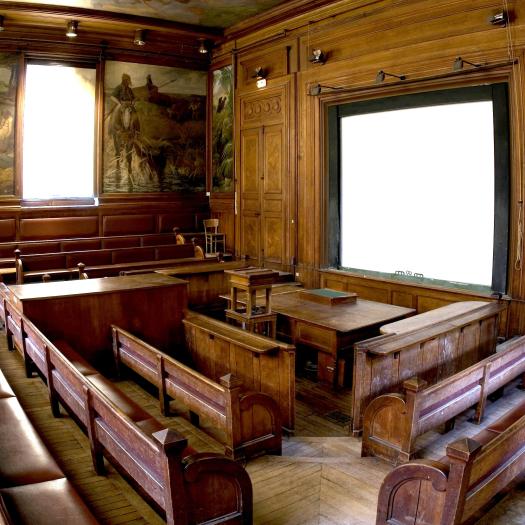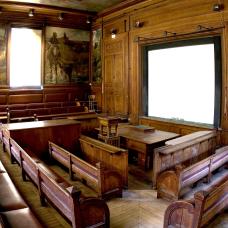PhD Defense - Igace Tahi


La soutenance aura lieu le jeudi 8 décembre 2022 à 14h00 sur le campus Jussieu 75005 Paris - Tour 46/45 - Salle 105 de l’UFR Terre, Environnement, Biodiversité.
Composition du jury :
Abstract:
The deposits of Albian-Upper Cretaceous age in the Ivory Coast offer significant hydrocarbon potential. Previous palynological work carried out on this sedimentary basin does not provide consistent and complete biostratigraphic scales.
167 cores samples from 20 wells and a 98 ditch cuttings samples were the subject of this palynological study. The material yielded an abundance of dinocysts (46 species) and sporomorphs (148 species). A qualitative and quantitative inventory was carried out.
For biostratigraphy, thirteen biozones were characterized: the palynozone PCI-I with Cerodinium granulostriatum from the Upper Maastrichtian; palynozone PCI-II with Andalusiella ivoirensis of the lower Maastrichtian; upper to middle Campanian palynozone PCI-III with Xenascus ceratioides; Early Campanian palynozone PCI-IV with Trichodinium castanea; Santonian palynozone PCI-V with Oligosphaeridium complex; palynozone PCI-VI with Droseridites senonicus of the Coniacian; the palynozone PCI-VII of Tricolpites microstriatus from the Turonian; Upper Cenomanian palynozone PCI-VIII with Classopollis classoides; palynozone PCI-IX with Triorites africaensis of the Middle Cenomanian; the PCI-X palynozone with Elaterocolpites castelainii of the Lower Cenomanian-Upper Albian; palynozone PCI-XI from Upper Albian with Lusatisporis dettmannae- Callialasporites dampieri; the palynozone PCI-XII of Appendicisporites spp.-Elaterosporites spp. for Upper-middle Albian and palynozone PCI-XIII of Lower-middle Albian with Callialasporites trilobatus-Afropollis spp.
Climate change since the Albian sees the microflora of continental origin dominated until the establishment of marine conditions open to the Turonian. The development of algae phytoplankton of marine origin begins and evolves until the Maastrichtian. Four major paleoenvironments: an environment of fluvio-lacustrine facies with a marine littoral is associated with deposits of the Lower- middle Albian; an internal neritic environment characterizes deposits from the Upper-middle-Albian to Lower Cenomanian-Upper Albian; an internal to external neritic environment will reign from the Turonian to the Santonian and an external neritic environment to upper bathyal characterizing the Campanian-Maastrichtian will mark this climatic fluctuation.
In general, the values of the Hydrogen Index (HI) are less than 300 mg HC g / TOC in the samples studied, and the type of kerogen indicates a predominance of organic matter Type III likely to contain source rocks in the Lower Senonian, Cenomanian and Albian. Cenomanian and Albian source rocks are mature for the generation of hydrocarbons.
Keywords: Upper Cretaceous-Albian, Palynology, Dinoflagellate cysts, spores and pollen grains, Biostratigraphy, Paleoenvironment, Palynofacies, Sedimentary basin, Ivory Coast.



